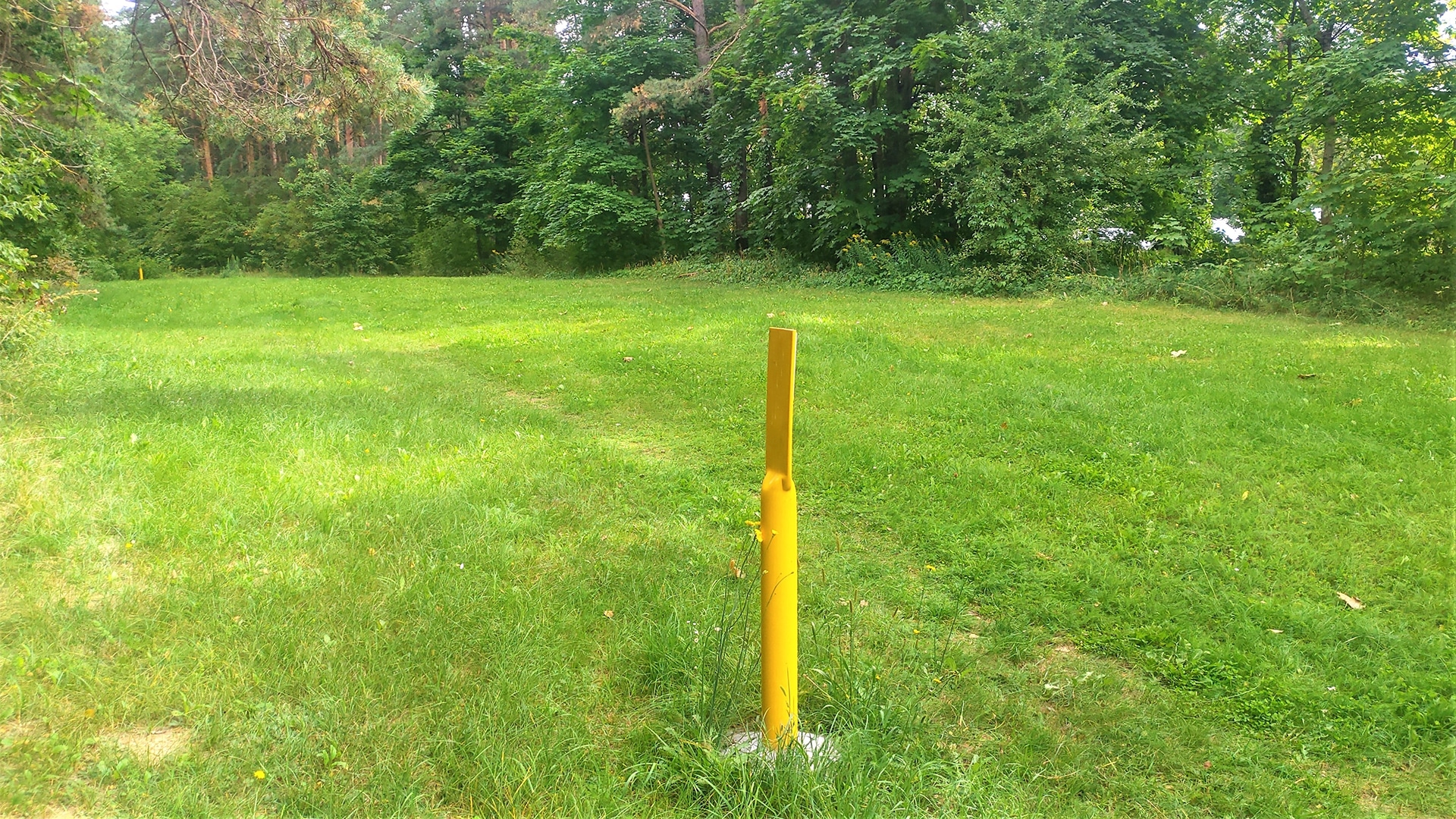
Image source: Google
Have you been thinking about simplifying your life and downsizing to a tiny home? Whether you're looking to reduce your environmental footprint, save money, or just live a more minimalist lifestyle, tiny homes offer a lot of benefits. If you want tiny homes that provide the ultimate escape from the hustle and bustle of modern life, you can check this website https://tinyhomes4u.com.au/sydney.
In this article, we'll explore some of the best tiny homes for sale near you, so you can start living the tiny house dream!
Benefits of Tiny Homes
Before we delve into the best tiny homes for sale, let's first take a look at some of the benefits of living in a tiny home:
- Cost-effective – Tiny homes are typically much more affordable than traditional homes, both in terms of upfront costs and ongoing maintenance.
- Environmental impact – Living in a smaller space means using less energy, water, and resources, making tiny homes a more environmentally friendly choice.
- Minimalist lifestyle – Downsizing to a tiny home forces you to declutter and prioritize what's truly important to you, leading to a simpler and more intentional way of living.
- Mobility – Many tiny homes are on wheels, allowing you to easily move your home to different locations if you desire a change of scenery.
Top Tiny Homes for Sale Near You
1. The Boho Escape
The Boho Escape is a charming tiny home that combines style and functionality. With its bohemian-inspired design, this tiny home is perfect for those who appreciate a laid-back and eclectic aesthetic.
2. The Eco-Friendly Oasis
If sustainability is a top priority for you, the Eco-Friendly Oasis is the perfect tiny home. This eco-conscious dwelling features solar panels, a composting toilet, and other green technologies to minimize its environmental impact.
3. The Modern Minimalist
For those who prefer a sleek and contemporary look, The Modern Minimalist tiny home is an ideal choice. With clean lines, high-end finishes, and smart space-saving solutions, this tiny home offers a blend of style and functionality.
Considerations Before Buying a Tiny Home
1. Zoning Regulations
Before purchasing a tiny home, make sure to check the zoning regulations in your area. Some neighborhoods have restrictions on the size and placement of tiny homes.
2. Space and Storage
Consider your needs and lifestyle when choosing a tiny home. Make sure the layout and storage options align with your requirements for comfortable living.
3. Customization Options
Many tiny home builders offer customization options to tailor the home to your preferences. Explore different layouts, materials, and design elements to create a tiny home that suits your style.
Find Your Perfect Tiny Home Today!
Ready to embark on your tiny house journey? With the variety of tiny home options available, you're sure to find one that fits your budget, style, and values. Start exploring the best tiny homes for sale near you and make your downsizing dreams a reality!







